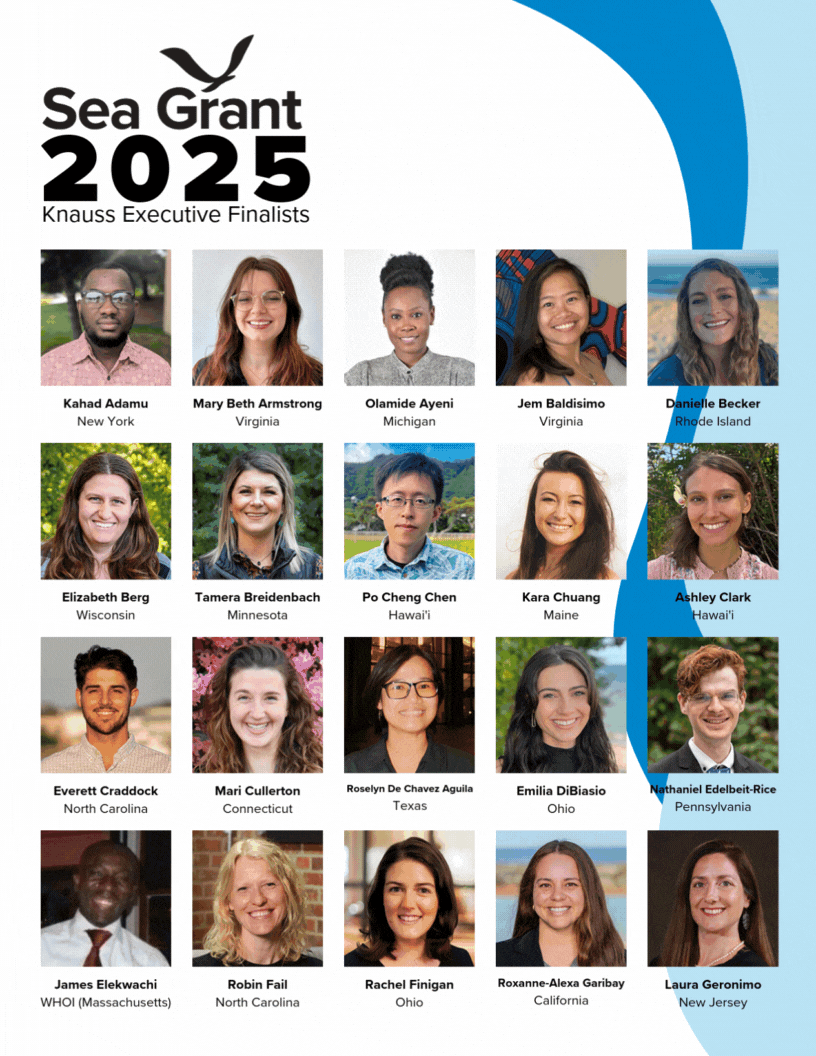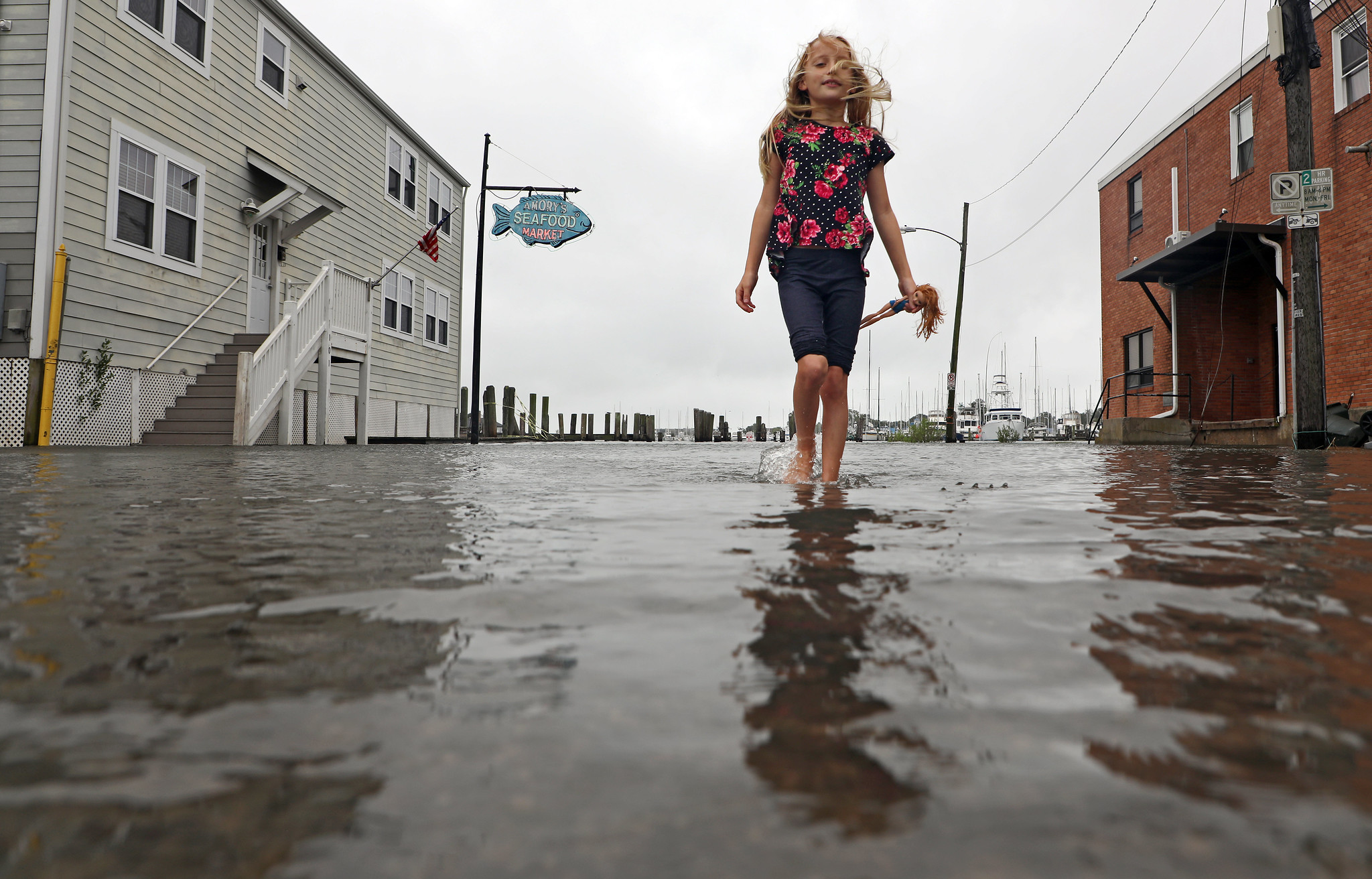The Initiative supports 15 emerging research projects and continued extension work
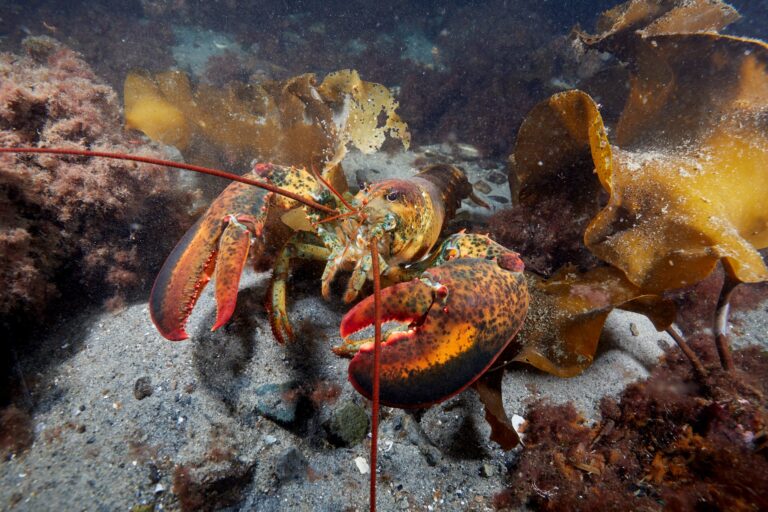
The American lobster (Homarus americanus) is one of the most iconic American fisheries, with approximately 121 million pounds in landings valued at $521 million in 2022. Yet the American lobster fishery and fishing communities in the Gulf of Maine, Georges Bank and southern New England continue to face uncertainties due to environmental and socio-economic changes. Such challenges underscore the need for continued research and engagement to not only understand the fishery’s current state but also prepare for its future state.
Since 2019, Sea Grant’s American Lobster Initiative has addressed critical knowledge gaps about the American lobster and its fishery facing a dynamic and changing environment. The Initiative supports a regional extension program in the Northeast and a national research competition.
Fifteen emerging research projects were selected in 2023 and 2024 for $4.6 million in federal funding by the NOAA National Sea Grant College Program. The projects were chosen through a competitive process, including review by subject matter experts, and require at least a 50-percent match in non-federal funds.
The projects will answer questions about lobster growth and distribution dynamics, ecosystem changes and social impacts on and management of the fishery in the Gulf of Maine, Georges Bank and southern New England, addressing needs outlined in NOAA Sea Grant’s fiscal year 2023 and 2024 appropriations. Researchers will take a collaborative approach, partnering with industry, state agencies and academia.
“The research funded by Sea Grant’s American Lobster Initiative is crucial for enhancing the industry’s and communities’ capacity for resilience to ongoing environmental and resource management changes,” said Jonathan Pennock, director of NOAA’s National Sea Grant College Program. “The combination of research and extension supported by the Initiative has already informed integrated approaches to the complex issues impacting the lobster fishery and will continue to do so with this additional support.”
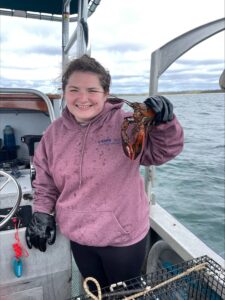

Prior to 2023, the American Lobster Research Program funded 24 research projects aimed at understanding the physical and chemical changes affecting American lobster. Woods Hole Oceanographic Institution Sea Grant staff created a StoryMap collection to share information and updates about this work. The StoryMaps provide a highly visual overview of this important research and help raise awareness and understanding of the state of the fishery.
This is one way that results from the research program are communicated with those who need and can use the results—the lobster fishing industry, resource managers and others across the region—through the extension arm of the American Lobster Initiative. Coordinated by Maine Sea Grant since 2019, the Northeast lobster extension program was recently renewed with an $840,000 federal award that supports work through 2026. These funds support outreach efforts focused in Maine, New Hampshire and Massachusetts designed to leverage and extend the current and previous research awards.
As part of the extension program, members from the Northeast Sea Grant programs meet regularly to discuss progress on state-level and region-wide projects and annually with the research program teams to discuss progress and outreach needs. Maine Sea Grant hosted four seasons of virtual Collaborative Chats and in-person Regional Research and Outreach Summits to further foster collaboration between researchers and outreach partners, and provide additional opportunities for initiative participants to share updates, receive feedback, explore synergies and plan new collaborations.
“My work with the American Lobster Initiative has shown me the importance of getting these two sectors [research and industry] more aware of each other, so they can help and support each other to sustain this valuable resource and industry in a constantly changing economic and ecological climate,” said Gabriela Bradt, a fisheries extension specialist with New Hampshire Sea Grant. “My extension approach . . . has become more sensitive to the needs of the industry while at the same time continuing to forge relationships and connections to the amazing research being conducted.”
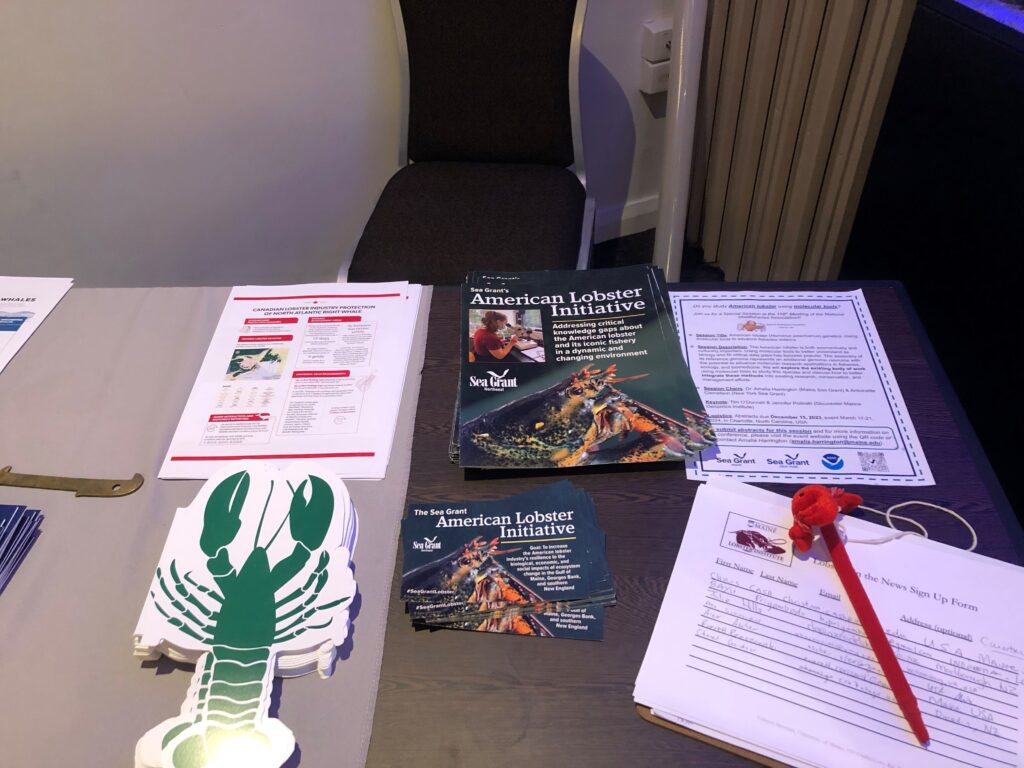

Members of the American Lobster Initiative presented their work at the 12th International Conference & Workshop on Lobster (and Crab) Biology and Management in October 2023 in Fremantle, Western Australia. Researchers, students, postdocs and members of the extension program contributed 11 oral presentations and two posters to the meeting.
“The support and opportunities the American Lobster Initiative provides will prove to be key in disseminating fishery-based research needs regionally and helping new researchers begin their careers by designing science in support of fishery management,” stated Jesica Waller, Division Director for the Division of Biological Monitoring and Assessment at the Maine Department of Marine Resources.


Hallee Meltzer
Communications Coordinator

